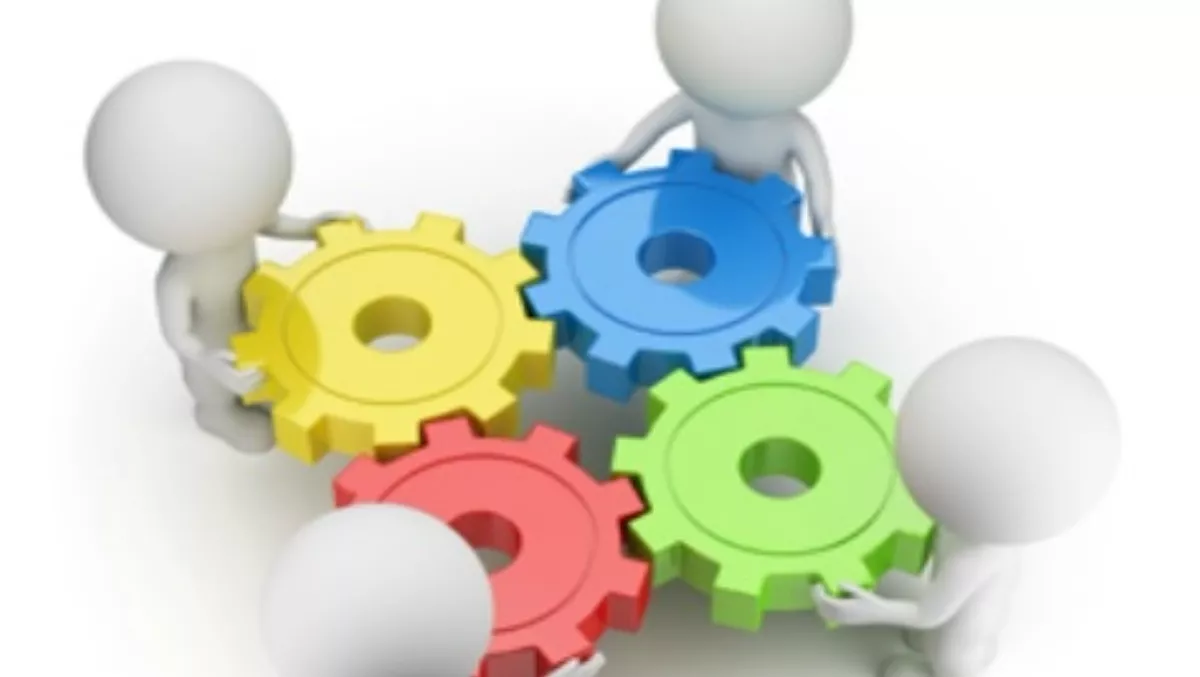
How enterprises can deliver an agile I&O culture
Analyst firm Gartner is predicting that by 2018, 90% of Infrastructure and Operations organisations attempting to use DevOps without specifically addressing their cultural foundations will fail.
The company says I-O leaders planning a bimodal IT strategy will miss out on the benefits of DevOps support for agile practices unless they transform their I-O culture.
Gartner warns that the implementation of a bimodal IT strategy requires careful planning and execution. Its analysts predict that, by 2018, three quarters of enterprise IT organisations will have tried to create a bimodal capability, but that less than 50% of those will reap the benefits of improved agility and risk management.
Ian Head, research director at Gartner, says, "I-O leaders are under pressure to support customers who want to go faster, so they are utilising agile development.
"However, movement to agile will not, and should not, be a wholesale immediate change," he says. "Instead, it should first be implemented in areas where there is a very real business need for speed, and then carefully rolled out — taking the culture of the organisation into account."
Gartner has developed the strategy known as bimodal IT, which refers to having two modes of IT. Mode 1 is traditional, emphasising scalability, efficiency, safety and accuracy, while Mode 2 is nonsequential, emphasising agility and speed.
"Changing the behaviours and culture are fundamental to the success of a bimodal IT approach," says Head. "We estimate that, by 2018, 90% of I-O organisations attempting to use DevOps without specifically addressing their cultural foundations will fail."
"We do not advocate wholesale cultural change in a single organisation-wide programme. Instead, I-O leaders should focus their efforts on an initial, small Mode 2 team, establish the values and behaviors needed, and take incremental efforts to recognise and reinforce desired outcomes prior to scaling."
Gartner offers organisations a five-step approach to help I-O leaders achieve an agile I-O culture.
Identify Your Mode 2 Behavioural Gap Analysis
"To begin addressing cultural challenges, conduct a behavioural gap analysis to understand differences between the current state and desired state," the company says.
"Be sure to confirm the behavioural gap analysis with select peers and key team members. It is important to both identify the key behaviours to focus on initially and recognise which can be immediately addressed.
Gartner says people also need to understand why the selected behaviours matter to the organisation.
Work With Key Stakeholders to Gain Consensus on the Approach
"Identify the key stakeholders with the intention of gaining consensus for behaviours required and developing a plan to put them in place to support Mode 2 and DevOps," Gartner says. " An important message for leadership to bear in mind throughout is that Mode 2 is not better than Mode 1. All IT staff have a job to do — to deliver IT services that meet customer needs. They can't do this if new silos are inadvertently created and reinforced.
Start With a Small, Focused Pilot
Gartner insists the plan must be to start the DevOps effort with a small, focused pilot that will allow the concepts to be tested and corrective actions taken on a small, controlled scale.
"Do not start the pilot in an area with a very high probability of failure, or an area that is seen as a very easy win, as either of these may deliver incorrect expectations that will influence behaviour," Gartner warns. "Making noise about early success stories, especially those demonstrating that the desired cultural shift is underway, will reinforce the change's momentum," it says. "It will also communicate that I-O leaders are supporting the change.
Gartner adds, "The pilot should run until the stakeholders are satisfied that there is enough experience to scale efforts to another group.
Deploy Behaviours Incrementally to Successive Groups With Feedback Loops
"Identify which group to target next and then work on reapplying the behavioural patterns and lessons learned," says Gartner. "It is critical to do these iterations as sprints; multiple efforts with one group are fine, but do not let time frames push out.
"The idea behind multiple short implementation efforts is to both allow for greater focus and care during each iteration, and collect lessons learned in order to take corrective actions between iterations as the organisation changes.
Pursue Continual Improvement
"The competitive environment in which the business operates will change over time," Gartner says. "As the needs of customers evolve in response to external and internal pressures, so I-O must be prepared to change as well.
Gartner says one difference between Mode 1 and Mode 2 IT is that change will be continual in Mode 2. In response, DevOps teams and their parent organisations must continually monitor outcomes and actively search for improvement opportunities.


